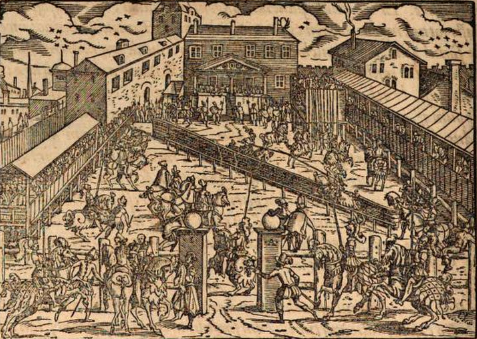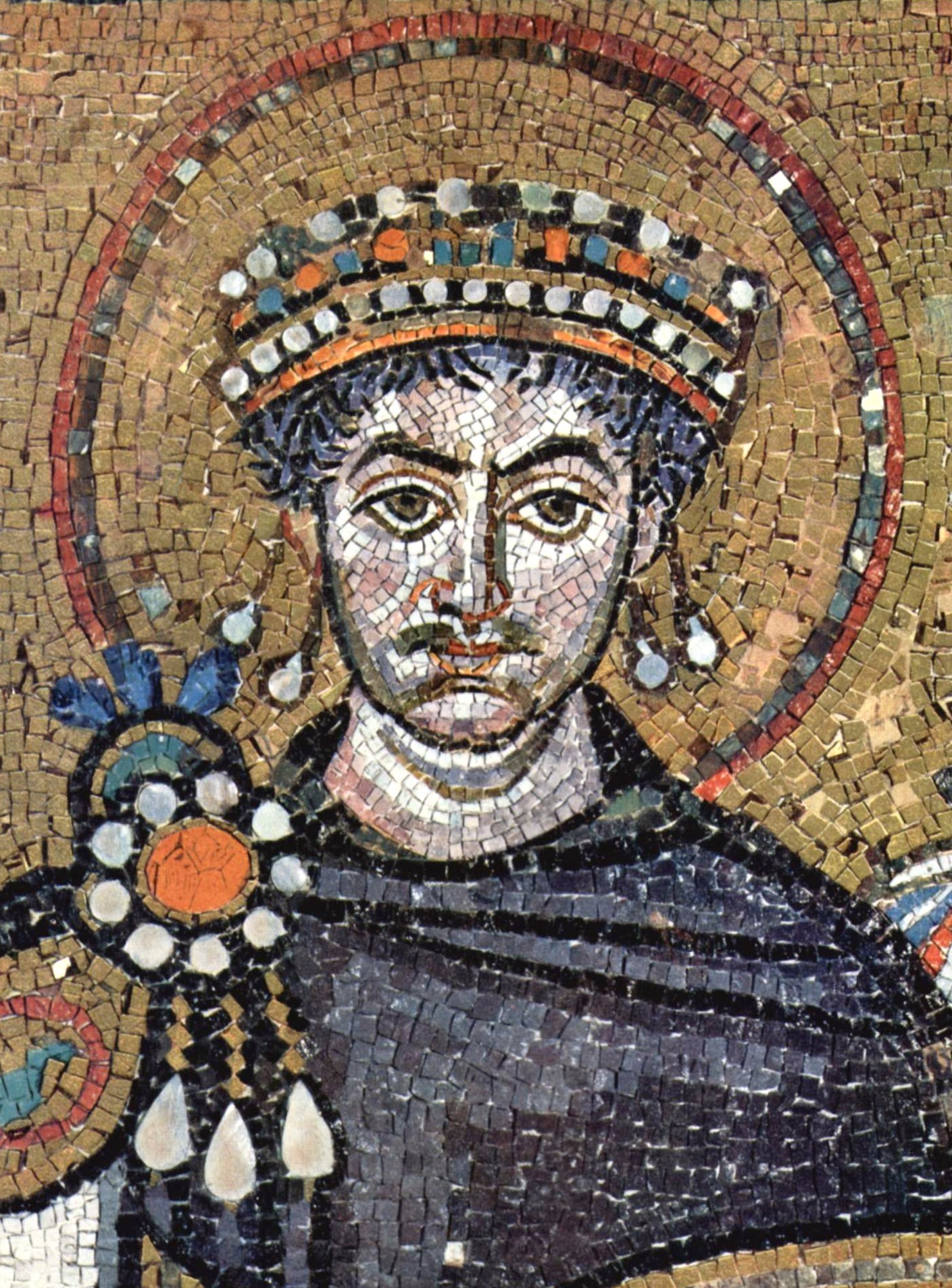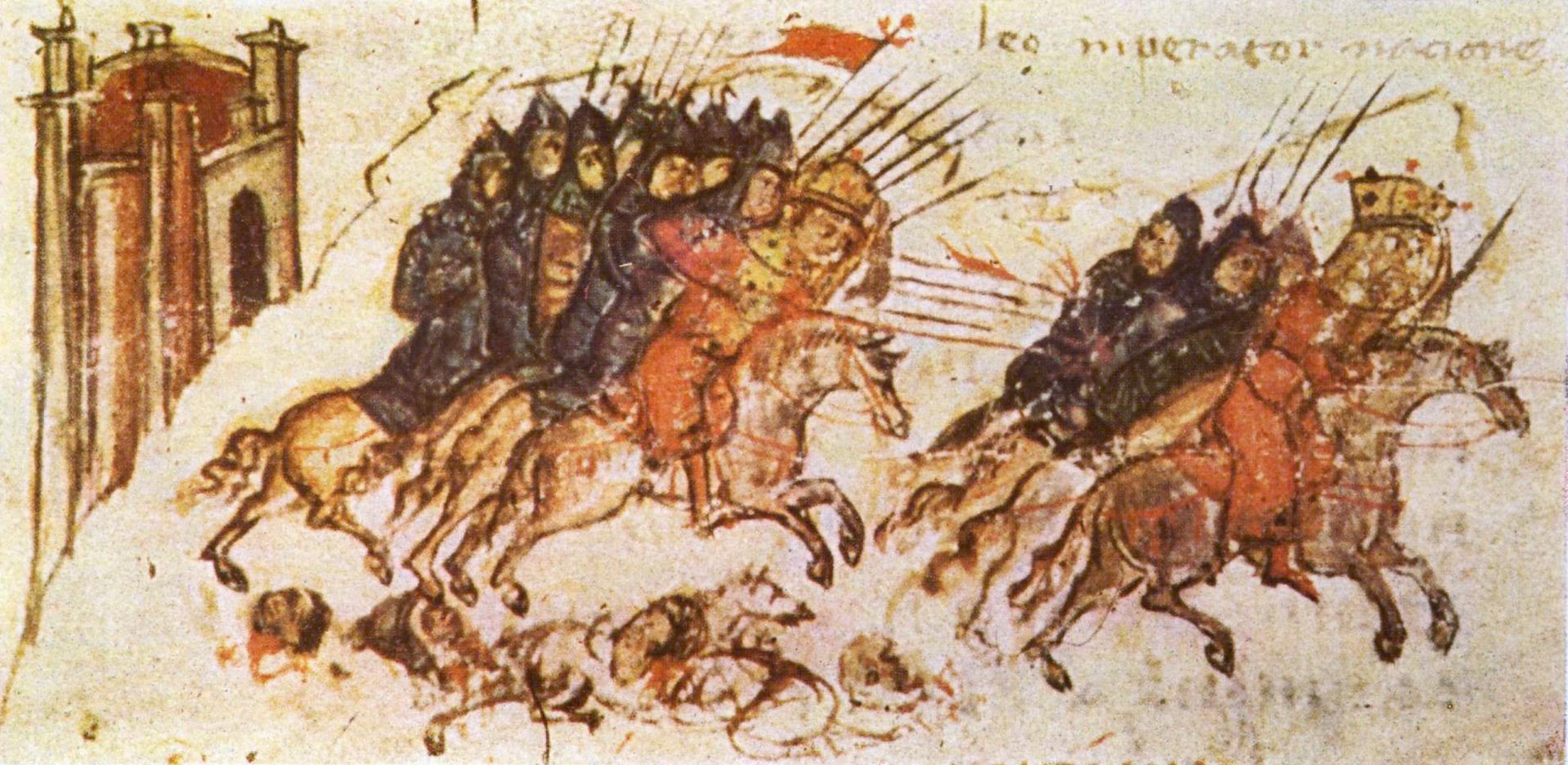|
Elbassan
Elbasan ( ; sq-definite, Elbasani ) is the fourth most populous city of Albania and seat of Elbasan County and Elbasan Municipality. It lies to the north of the river Shkumbin between the Skanderbeg Mountains and the Myzeqe Plain in central Albania. Etymology The Albanian name is derived from the Ottoman Turkish ''il-basan'' ("the fortress"). is also the Aromanian name of the city. According to Saliaj the name in antiquity ''Scampa'' is derived from the word ''Shkamba'' ("The Rock or Cliff") in Albanian. Comparing with the name of the river of Elbasan ,''Shkumbini'' ("Scampini in Antiquity"). History In August 2010 archaeologists discovered two Illyrian graves near the walls of the castle of Elbasan. In the second century BC, a trading post called ''Mansio Scampa'' near the site of modern Elbasan developed close to a junction of two branches of an important Roman road, the Via Egnatia, which connected the Adriatic coast with Byzantium. It was one of the most im ... [...More Info...] [...Related Items...] OR: [Wikipedia] [Google] [Baidu] |
Sanjak Of Elbasan
The Sanjak of Elbasan ( tr, İlbasan Sancağı) was one of the sanjaks of the Ottoman Empire. Its county town was Elbasan in Albania. Administration Although Halil Inalcik explains that the Sanjak of Elbasan was established as soon as the fortress of Elbasan has been constructed, based on Tursun Beg's records there is a possibility that Elbasan initially was part of the Sanjak of Ohrid. Marino Bizzi, the Archbishop of Bar (Antivari), stated in his report that on May 17, 1591, that name of the sanjakbey of Sanjak of Elbasan was Mehmet Bey. During the reign of Köprülü Fazıl Mustafa Pasha (1637 – August 19, 1691) one of the sanjakbeys of Elbasan was Hasan Pasha. In 1714 the sanjabey of the Sanjak of Elbasan was Zejnil-beg. In the second half of the 19th century, during the general administrative reform that followed the Russo-Turkish War and the obligations arising from the Congress of Berlin, the Sanjak of Elbasan was included in the Vilayet of Manastir. The administ ... [...More Info...] [...Related Items...] OR: [Wikipedia] [Google] [Baidu] |
Elbasan - Naziresha Mosque (by Pudelek)
Elbasan ( ; sq-definite, Elbasani ) is the fourth most populous city of Albania and seat of Elbasan County and Elbasan Municipality. It lies to the north of the river Shkumbin between the Skanderbeg Mountains and the Myzeqe Plain in central Albania. Etymology The Albanian name is derived from the Ottoman Turkish ''il-basan'' ("the fortress"). is also the Aromanian name of the city. According to Saliaj the name in antiquity ''Scampa'' is derived from the word ''Shkamba'' ("The Rock or Cliff") in Albanian. Comparing with the name of the river of Elbasan ,''Shkumbini'' ("Scampini in Antiquity"). History In August 2010 archaeologists discovered two Illyrian graves near the walls of the castle of Elbasan. In the second century BC, a trading post called ''Mansio Scampa'' near the site of modern Elbasan developed close to a junction of two branches of an important Roman road, the Via Egnatia, which connected the Adriatic coast with Byzantium. It was one of the most im ... [...More Info...] [...Related Items...] OR: [Wikipedia] [Google] [Baidu] |
Adriatic
The Adriatic Sea () is a body of water separating the Italian Peninsula from the Balkan Peninsula. The Adriatic is the northernmost arm of the Mediterranean Sea, extending from the Strait of Otranto (where it connects to the Ionian Sea) to the northwest and the Po Valley. The countries with coasts on the Adriatic are Albania, Bosnia and Herzegovina, Croatia, Italy, Montenegro, and Slovenia. The Adriatic contains more than 1,300 islands, mostly located along the Croatian part of its eastern coast. It is divided into three basins, the northern being the shallowest and the southern being the deepest, with a maximum depth of . The Otranto Sill, an underwater ridge, is located at the border between the Adriatic and Ionian Seas. The prevailing currents flow counterclockwise from the Strait of Otranto, along the eastern coast and back to the strait along the western (Italian) coast. Tidal movements in the Adriatic are slight, although larger amplitudes are known to occur occasion ... [...More Info...] [...Related Items...] OR: [Wikipedia] [Google] [Baidu] |
League Of Lezhë
The League of Lezhë ( sq, Lidhja e Lezhës), also commonly referred to as the Albanian League ( sq, Lidhja Arbërore), was a military and diplomatic alliance of the Albanian aristocracy, created in the city of Lezhë on 2 March 1444. The League of Lezhë is considered as the first unified independent Albanian country in the Medieval age, with Skanderbeg as leader of the regional Albanian chieftains and nobles united against the Ottoman Empire. Skanderbeg was proclaimed "Chief of the League of the Albanian people" while Skanderbeg always signed himself as "''Dominus'' ''Albaniae"'' ( Albanian: ''Zot i Arbërisë'', English: ''Lord of Albania''). At the assembly of Lezha, members from the families: Kastrioti, Arianiti, Zaharia, Muzaka, Spani, Thopia and members of the Balsha and Crnojević which were linked matrilineally or via marriage to the Kastrioti were present. The members contributed to the League with men and money, while maintaining control of the internal aff ... [...More Info...] [...Related Items...] OR: [Wikipedia] [Google] [Baidu] |
Skanderbeg
, reign = 28 November 1443 – 17 January 1468 , predecessor = Gjon Kastrioti , successor = Gjon Kastrioti II , spouse = Donika Arianiti , issue = Gjon Kastrioti II , royal house = Kastrioti , father = Gjon Kastrioti , mother = Voisava Kastrioti , birth_name = Gjergj ( see Name) , birth_date = 1405 , birth_place = Principality of Kastrioti , death_date = 17 January 1468 (aged 62) , death_place = Alessio, Republic of Venice , place of burial = Church of Saint Nicholas, Lezhë , religion = Islam Catholicism , occupation = Lord of the Principality of Kastrioti, , signature = Dorëshkrimi i Skënderbeut.svg Gjergj Kastrioti ( la, Georgius Castriota; it, Giorgio Castriota; 1405 – 17 January 1468), commonly known as Skanderbeg ( sq, Skënderbeu or ''Skënderbej'', from ota, اسکندر بگ, İskender Bey; it, Scanderbeg), was an Albanian feudal lord and military commander who led a rebellion agai ... [...More Info...] [...Related Items...] OR: [Wikipedia] [Google] [Baidu] |
Sultan Mehmet II
Mehmed II ( ota, محمد ثانى, translit=Meḥmed-i s̱ānī; tr, II. Mehmed, ; 30 March 14323 May 1481), commonly known as Mehmed the Conqueror ( ota, ابو الفتح, Ebū'l-fetḥ, lit=the Father of Conquest, links=no; tr, Fâtih Sultan Mehmed, links=no), was an Ottoman sultan who ruled from August 1444 to September 1446, and then later from February 1451 to May 1481. In Mehmed II's first reign, he defeated the crusade led by John Hunyadi after the Hungarian incursions into his country broke the conditions of the truce Peace of Szeged. When Mehmed II ascended the throne again in 1451, he strengthened the Ottoman navy and made preparations to attack Constantinople. At the age of 21, he Fall of Constantinople, conquered Constantinople (modern-day Istanbul) and brought an end to the Byzantine Empire. After the conquest Mehmed claimed the title Caesar (title), Caesar of the Roman Empire ( ota, قیصر روم, Qayser-i Rûm, links=no), based on the fact that Constanti ... [...More Info...] [...Related Items...] OR: [Wikipedia] [Google] [Baidu] |
Procopius Of Cæsarea
Procopius of Caesarea ( grc-gre, Προκόπιος ὁ Καισαρεύς ''Prokópios ho Kaisareús''; la, Procopius Caesariensis; – after 565) was a prominent late antique Greek scholar from Caesarea Maritima. Accompanying the Roman general Belisarius in Emperor Justinian's wars, Procopius became the principal Roman historian of the 6th century, writing the ''History of the Wars'', the ''Buildings'', and the ''Secret History''. Life Apart from his own writings the main source for Procopius's life was an entry in the ''Suda'',Suda pi.2479. See under 'Procopius' oSuda On Line a Byzantine Greek encyclopaedia written sometime after 975 which discusses his early life. He was a native of Caesarea in the province of ''Palaestina Prima''. He would have received a conventional upper class education in the Greek classics and rhetoric, perhaps at the famous school at Gaza. He may have attended law school, possibly at Berytus (present-day Beirut) or Constantinople (now Istanbul), and ... [...More Info...] [...Related Items...] OR: [Wikipedia] [Google] [Baidu] |
Ostrogoths
The Ostrogoths ( la, Ostrogothi, Austrogothi) were a Roman-era Germanic people. In the 5th century, they followed the Visigoths in creating one of the two great Gothic kingdoms within the Roman Empire, based upon the large Gothic populations who had settled in the Balkans in the 4th century, having crossed the Lower Danube. While the Visigoths had formed under the leadership of Alaric I, the new Ostrogothic political entity which came to rule Italy was formed in the Balkans under the influence of the Amal dynasty, the family of Theodoric the Great. After the death of Attila and collapse of the Hunnic empire represented by the Battle of Nedao in 453, the Amal family began to form their kingdom in Pannonia. Byzantine Emperor Zeno played these Pannonian Goths off against the Thracian Goths, but instead the two groups united after the death of the Thracian leader Theoderic Strabo and his son Recitach. Zeno then backed Theodoric to invade Italy and replace Odoacer there, whom he h ... [...More Info...] [...Related Items...] OR: [Wikipedia] [Google] [Baidu] |
Bulgars
The Bulgars (also Bulghars, Bulgari, Bolgars, Bolghars, Bolgari, Proto-Bulgarians) were Turkic semi-nomadic warrior tribes that flourished in the Pontic–Caspian steppe and the Volga region during the 7th century. They became known as nomadic equestrians in the Volga-Ural region, but some researchers say that their ethnic roots can be traced to Central Asia. During their westward migration across the Eurasian steppe, the Bulgar tribes absorbed other tribal groups and cultural influences in a process of ethnogenesis, including Iranian, Finnic and Hunnic tribes. Modern genetic research on Central Asian Turkic people and ethnic groups related to the Bulgars points to an affiliation with Western Eurasian populations. The Bulgars spoke a Turkic language, i.e. Bulgar language of Oghuric branch. They preserved the military titles, organization and customs of Eurasian steppes, as well as pagan shamanism and belief in the sky deity Tangra. The Bulgars became semi-sedentary du ... [...More Info...] [...Related Items...] OR: [Wikipedia] [Google] [Baidu] |
Emperor Justinian
Justinian I (; la, Iustinianus, ; grc-gre, Ἰουστινιανός ; 48214 November 565), also known as Justinian the Great, was the Byzantine emperor from 527 to 565. His reign is marked by the ambitious but only partly realized ''renovatio imperii'', or "restoration of the Empire". This ambition was expressed by the partial recovery of the territories of the defunct Western Roman Empire. His general, Belisarius, swiftly conquered the Vandal Kingdom in North Africa. Subsequently, Belisarius, Narses, and other generals conquered the Ostrogothic kingdom, restoring Dalmatia, Sicily, Italy, and Rome to the empire after more than half a century of rule by the Ostrogoths. The praetorian prefect Liberius reclaimed the south of the Iberian peninsula, establishing the province of Spania. These campaigns re-established Roman control over the western Mediterranean, increasing the Empire's annual revenue by over a million ''solidi''. During his reign, Justinian also subdued the ''Tz ... [...More Info...] [...Related Items...] OR: [Wikipedia] [Google] [Baidu] |
Christianity
Christianity is an Abrahamic monotheistic religion based on the life and teachings of Jesus of Nazareth Jesus, likely from he, יֵשׁוּעַ, translit=Yēšūaʿ, label=Hebrew/Aramaic ( AD 30 or 33), also referred to as Jesus Christ or Jesus of Nazareth (among other names and titles), was a first-century Jewish preacher and religious .... It is the Major religious groups, world's largest and most widespread religion with roughly 2.38 billion followers representing one-third of the global population. Its adherents, known as Christians, are estimated to make up a majority of the population in Christianity by country, 157 countries and territories, and believe that Jesus in Christianity, Jesus is the Son of God (Christianity), Son of God, whose coming as the Messiah#Christianity, messiah was Old Testament messianic prophecies quoted in the New Testament, prophesied in the Hebrew Bible (called the Old Testament in Christianity) and chronicled in the New Testamen ... [...More Info...] [...Related Items...] OR: [Wikipedia] [Google] [Baidu] |





